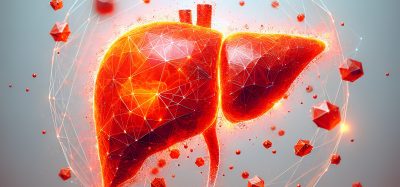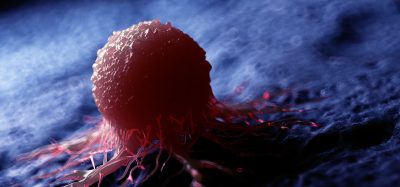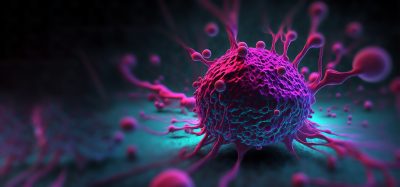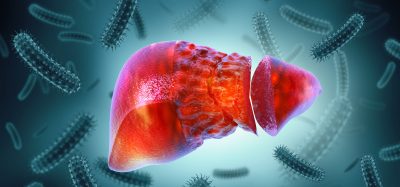DNA nanostructures for drug delivery remain a technical challenge
Posted: 13 May 2019 | Drug Target Review | No comments yet
Many studies indicating that DNA nanostructures can enter cells more readily than simple DNA strands are ‘flawed’.
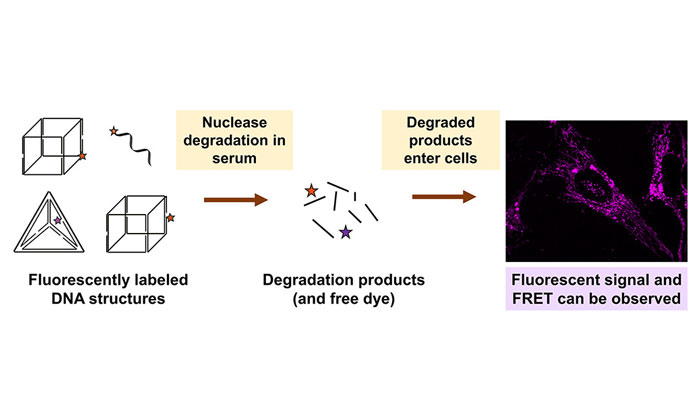

This is according to researchers at McGill University. In a paper published in the American Chemical Society journal ACS Central Science, the McGill scientists demonstrate that many DNA cage nanostructures aren’t taken up by cells to a significant extent.
In a series of experiments, they show, instead, that the DNA nanostructures are degraded by enzymes outside the cell; a fluorescent dye used for tracking purposes separates from the nanostructure; and the dye – or a small fragment containing the dye – is taken up in cells.
The resulting fluorescent signal from within the cell is easily misinterpreted as indicating that the nanostructure, itself, has entered the cell. The group also showed that a commonly used fluorescence experiment (called FRET), involving energy transfer between two dyes on a structure can also give erroneous results.
This finding is significant because DNA strands are considered to be a promising tool for stopping the production of proteins associated with disease – yet delivering the strands into cells is a technical challenge.
“Our paper is a cautionary tale for scientists working in the field of DNA/RNA delivery through selective therapeutics,” says senior author Hanadi Sleiman, Professor of Chemistry at McGill and Canada Research Chair in DNA Nanoscience.
This problem could, however, be turned into an advantage, notes lead author Aurélie Lacroix, a graduate student in Professor Sleiman’s lab: “We could attach molecules on DNA nanostructures that make them enter diseased cells – for example cancer cells – but not normal cells. This would make it possible to selectively deliver drugs into diseased cells.”
Sleiman also insists that some DNA nanostructures have shown exceptional promise in animal studies. Furthermore, the McGill team offers recommendations and guidelines for scientists performing cell uptake studies using fluorescent dyes, to ensure that research is reliable and reproducible.
The paper ‘Uptake and Fate of Fluorescently Labeled DNA Nanostructures in Cellular Environments: A Cautionary Tale‘, Aurélie Lacroix, et al, ACS Central Science, was published online on 26 April 2019.
Related topics
Cell Cultures, DNA, RNAs
Related organisations
McGill University
Related people
Aurélie Lacroix, Hanadi Sleiman




